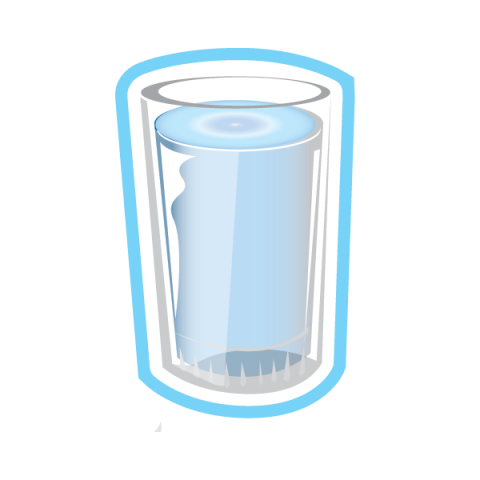Hand, Foot and Mouth Disease (HFMD)
Hand, Foot, and Mouth Disease (HFMD) is an infection caused by a virus and is common among babies and children under age 5. It is not usually dangerous, but causes flu-like symptoms and is very contagious. Symptoms may also include mouth sores and rash on the hands and feet. They usually clear up on their own.
There is no specific treatment for HFMD, but there are things you can do to keep your child safe and comfortable.

Did you know?
The rash from HFMD can look like flat or slightly raised spots. Sometimes they blister and have fluid inside. They often show up on the palms of the hands and soles of the feet, but can also be on the buttocks, legs and arms.
If your child has a rash from HFMD, try to keep them from touching their blisters and keep them clean. The fluid in blisters, and the scabs that form as they heal, contain the virus that causes HFMD.
What if someone is infected with HFMD?
- Symptoms may appear 3 to 7 days after infection with the virus.
- They usually last around 7 – 10 days, and clear up on their own without any medicine.
- There is no specific treatment for HFMD, but pain medicine can help reduce fever or pain from mouth sores.
- It is important to stay hydrated.
- Complications are rare.
- The child can keep going to school/daycare unless their symptoms are too severe, or there is an outbreak.
Symptoms include:
- Fever
- Eating or drinking less
- Mouth sores (inside or around the mouth)
- Skin rash with red spots or blisters on hands, feet, or buttocks
- Sore throat
- Feeling unwell
How does it spread?
- Coughs and sneezes
- Close personal contact
- Feces
- Contaminated objects or surfaces
- Fluid from blisters
How to prevent it?
- Wash hands often with soap and water (especially after using the bathroom or changing a diaper).
- Clean and disinfect things that are shared (toys, bathroom surfaces, towels).
- Cover coughs and sneezes.
- Avoid close contact with sick people.

How to ease the pain
Mouth sores can happen in or around the mouth, usually on the tongue or inside of the cheeks. If your little one is suffering from mouth sores, cool drinks, yogurt, or popsicles can help ease the pain, and keep them hydrated!
Go to the CMC if…
- Your child is not able to drink normally and you’re worried they might be getting dehydrated.
- Your child is not alert and responsive.
- Your child’s fever lasts longer than 3 days.
- Symptoms do not improve after 10 days, or they are severe (like dehydration, stiff back, back pain, convulsions, or a headache that does not go away).
- Your child has a weakened immune system.
- Your child is very young, especially under 6 months old.
Explore more about Infections

Infections happen when germs enter someone’s body, and start to make the person sick.


